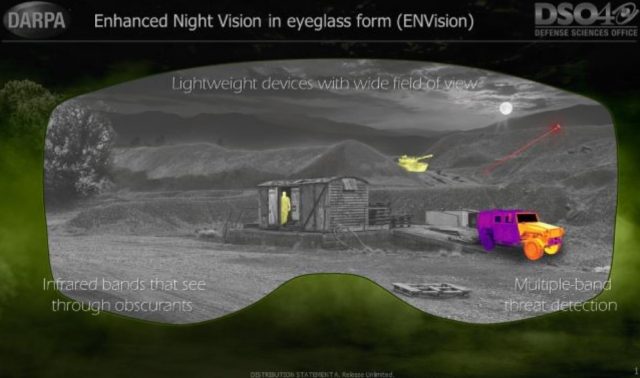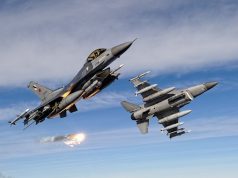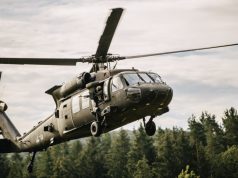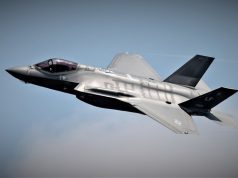The Defense Advanced Research Projects Agency (DARPA), the Pentagon’s top research agency has selected ten industry and university research teams that will work on integrating the night vision capability offered by current systems into an “eyeglass form.”
The program is called the Enhanced Night Vision in Eyeglass Form (ENVision), and is aimed at addressing the bulkiness and weight of the current night vision systems, which result in a significant torque on the wearer’s neck.
This torque greatly limits the wearer’s agility and often leads to chronic injury over prolonged use. Additionally, existing NV devices only provide a narrow field of view (FOV) and are limited to the near-infrared (IR) spectral bands, greatly limiting situational awareness in varied night conditions.
ENVision seeks to leverage recent advances in planar optics and transduction materials to develop NV systems that don’t require bulky image intensifiers, provide wider FOV, offer enhanced visual access across infrared bands, and are lightweight to reduce neck strain caused by today’s technology.
To integrate the multitude of technologies that work together to allow the newly-fielded ENVG-B to offer capabilities seen in the video below, DARPA will rely on research performed by several industry teams and universities.
Five teams were selected in each of two technical areas of the ENVision program.
In the first technical area, performers are tasked to develop multi-band, wide FOV planar optics and planar image intensifiers to demonstrate advanced night vision systems imposing near-zero torque on the wearer.
The teams selected for this work include Physical Sciences, Raytheon Technologies Research Center, SRI International, and the universities of California-San Diego and Washington.
In the second technical area, teams will explore new methods to amplify photonic up-conversion processes from any infrared band to visible light to enable future “intensifier-free” night vision systems.
Teams involved in this effort will include Raytheon BBN, Stanford University,
University of Central Florida, University of Melbourne, and the University of Pennsylvania,
“The teams in the first technical area are developing technologies that could drastically reduce the bulk and volume of objective, intensifier, and eyepiece of a night vision system,” said Rohith Chandrasekar, ENVision program manager in DARPA’s Defense Sciences Office. “Teams in the second technical area are exploring ways to directly upconvert and amplify light from the infrared to the visible using new materials and up-conversion processes. These efforts could potentially lead to all-optical night vision systems in the future without the need for image intensifiers.”



























